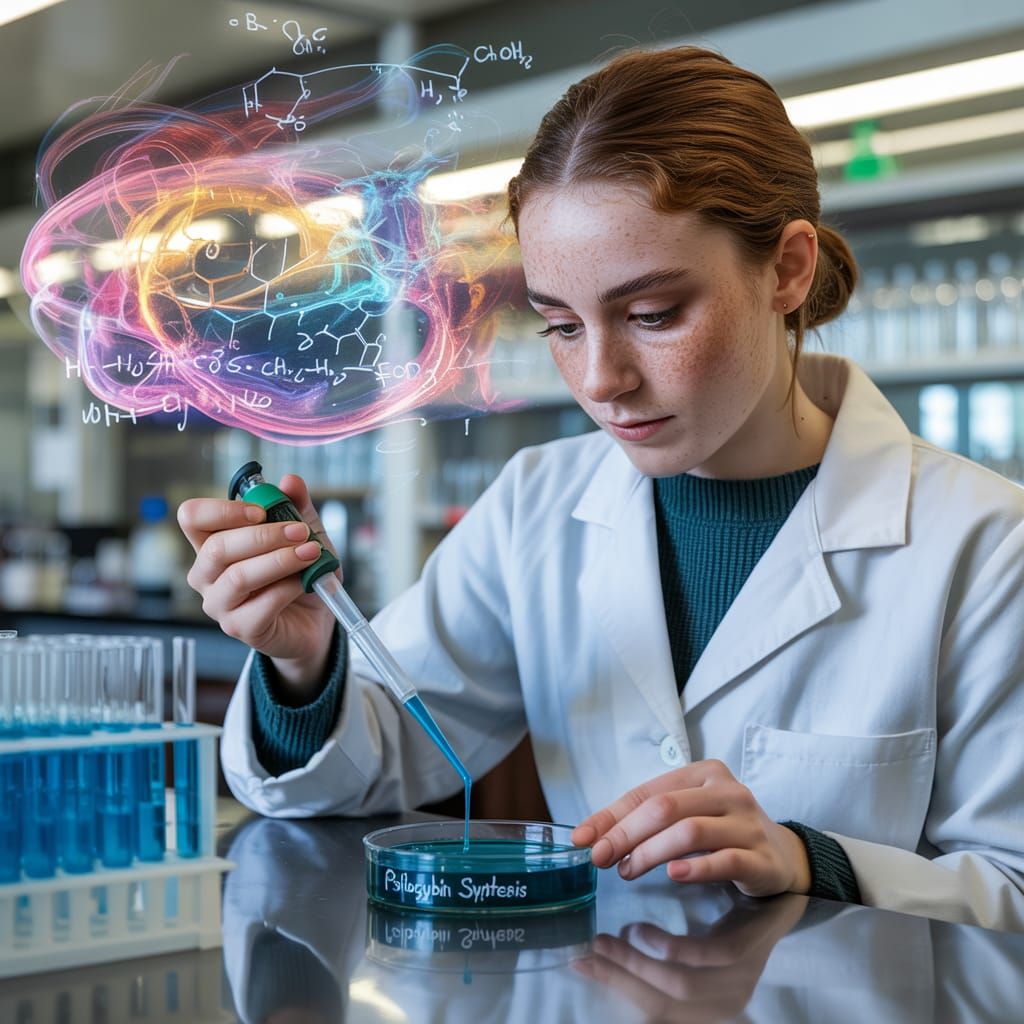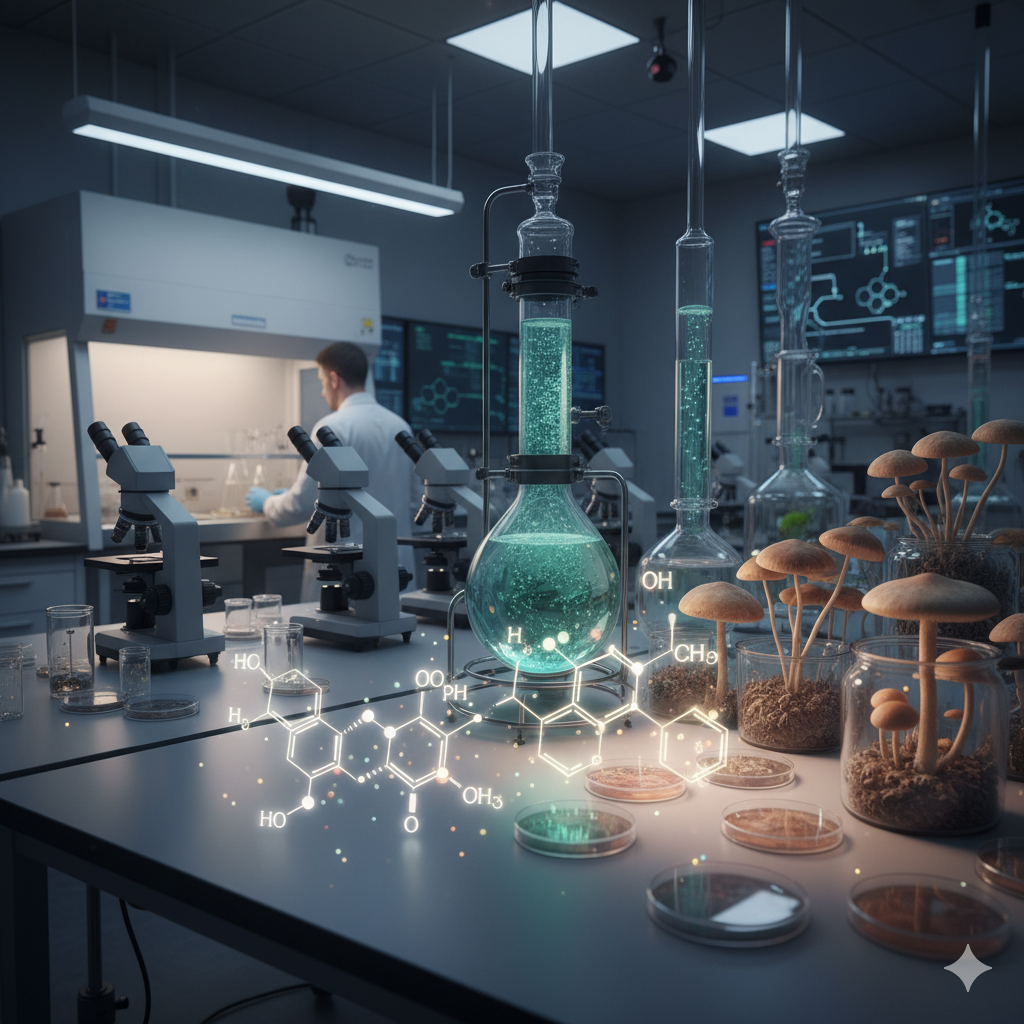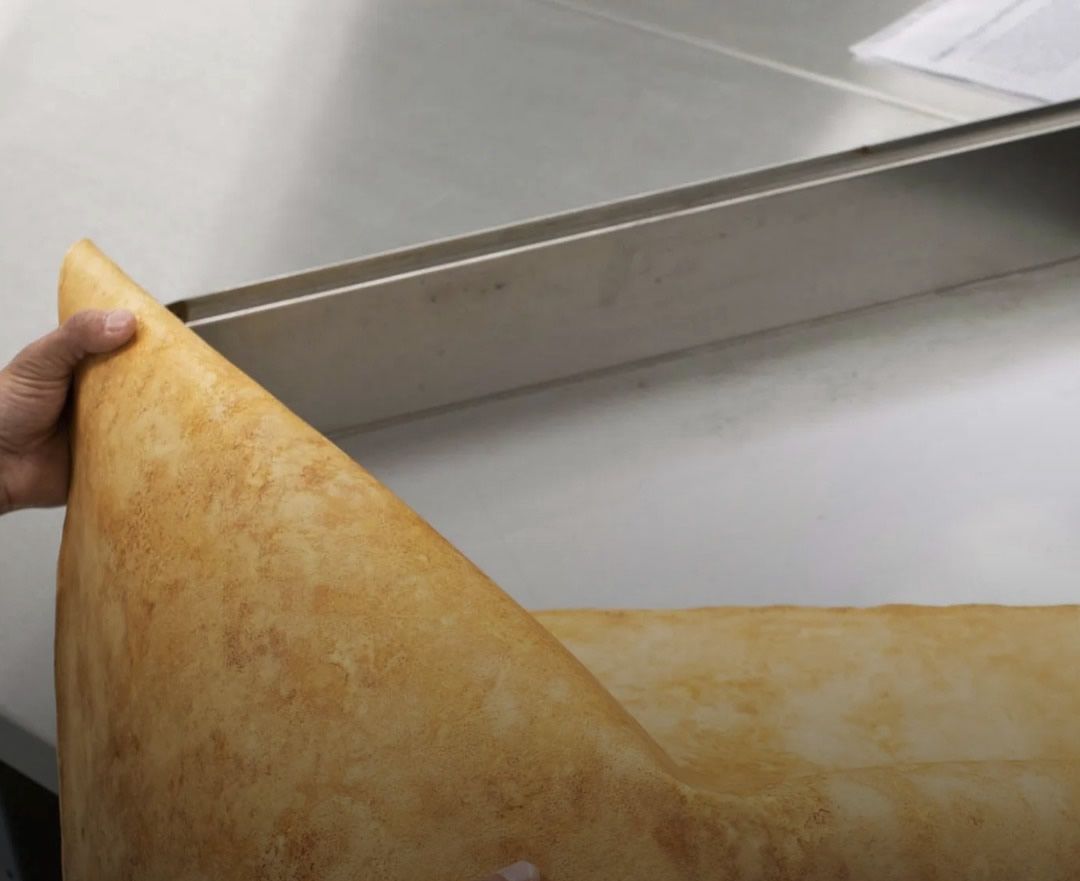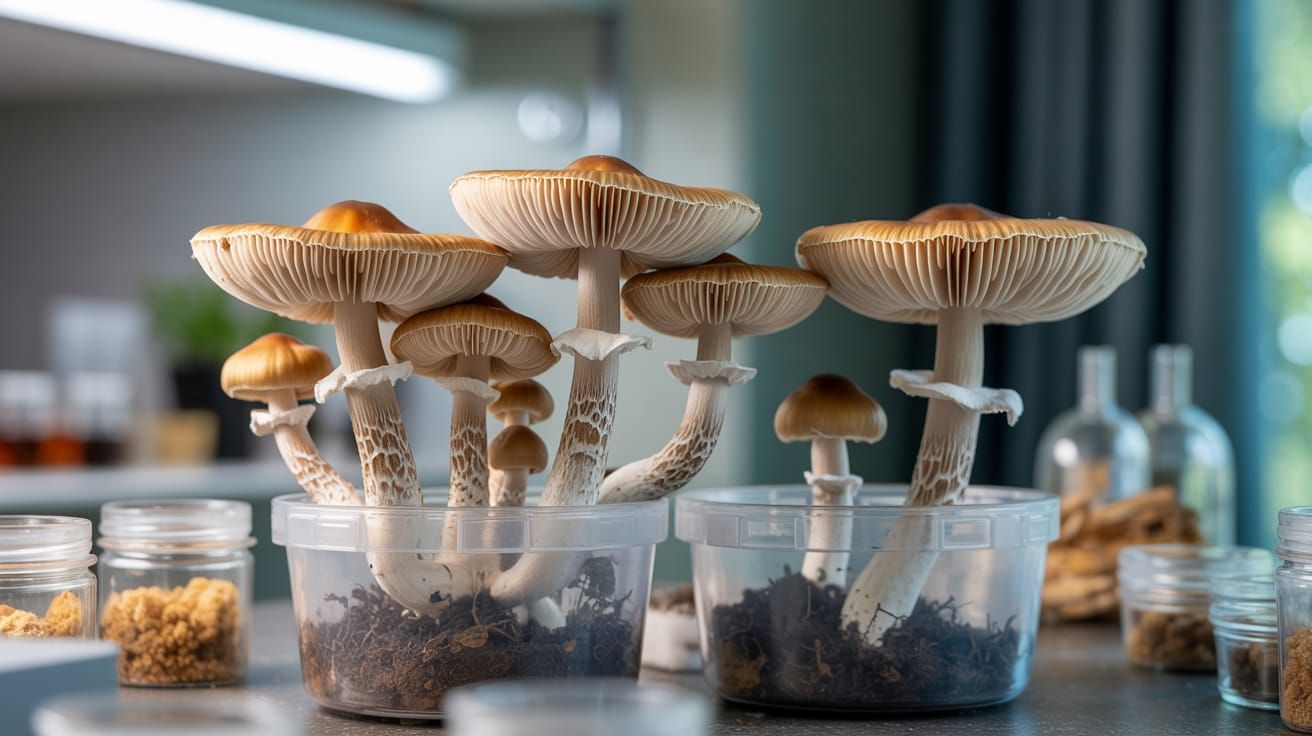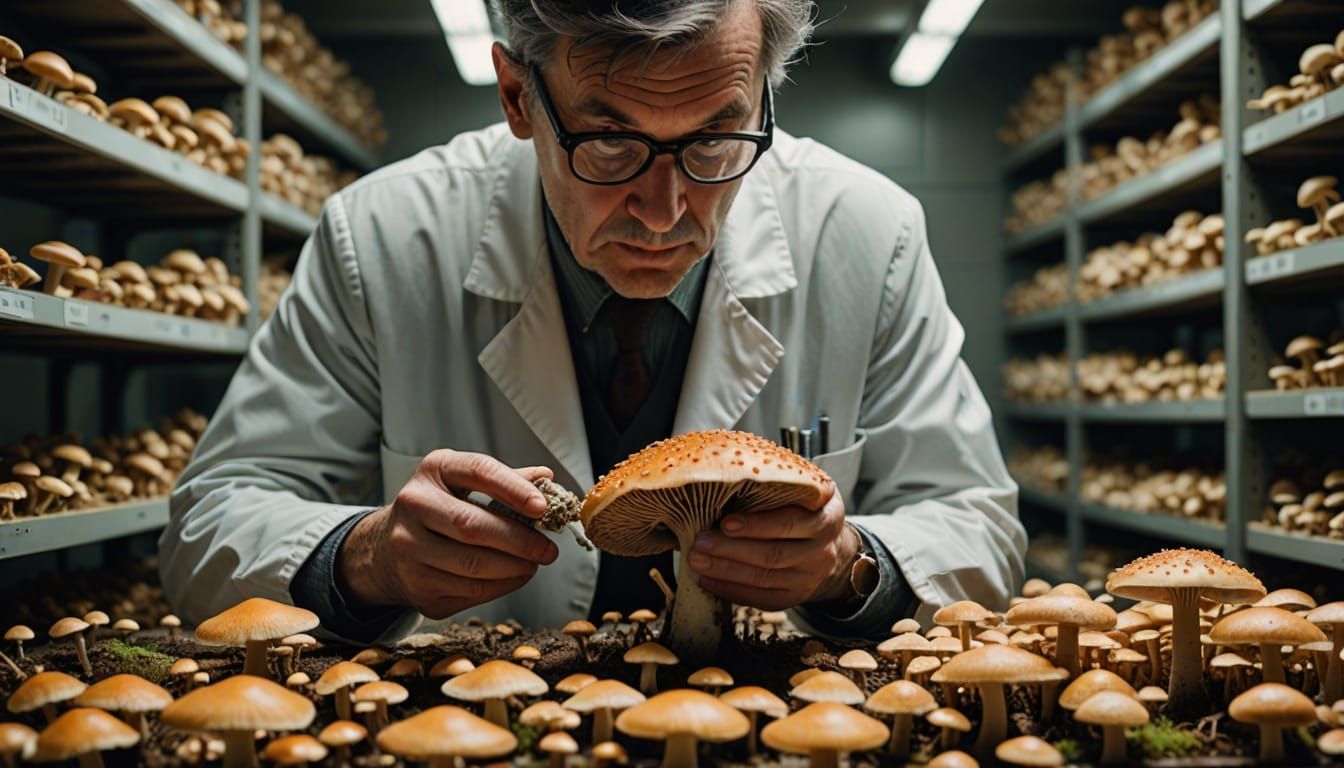From "Fuzz" to Fame: How a WVU Student Cracked a Century-Old Scientific Mystery
A WVU Student's Historic Discovery Connects to LSD's Inventor and Unlocks New Therapeutic Possibilities.
Imagine uncovering a secret that a world-renowned scientist, the very inventor of LSD, spent decades trying to find. Sounds like something out of a movie, right? Well, for West Virginia University environmental microbiology student Corinne Hazel, it's real life!
Corinne, a talented Goldwater Scholar, has made a groundbreaking discovery: a new species of fungus, now officially named Periglandula clandestina, that produces compounds similar to the infamous hallucinogen LSD. And get this – the original search for this very fungus was spearheaded by Albert Hofmann himself, the Swiss chemist who first synthesized LSD in the 1930s!
The Unseen Link: Morning Glories and a Hidden Fungus
For years, scientists knew that morning glory plants contained powerful chemicals called ergot alkaloids, the same class of compounds Hofmann used to create LSD. The leading theory was that a hidden fungus within the plant was responsible for producing these chemicals. Hofmann dedicated considerable effort to finding it, but it remained elusive.
Fast forward to Corinne's work in the lab with Professor Daniel Panaccione. She wasn't even specifically looking for this "mystery fungus." Her research focused on how morning glories disperse protective chemicals through their roots. But then, a tiny detail caught her eye.
"We had a ton of plants lying around and they had these tiny little seed coats," Corinne explained. "We noticed a little bit of fuzz in the seed coat. That was our fungus."
A "Clandestine" Discovery with Big Potential
That "little bit of fuzz" turned out to be the scientific equivalent of finding a needle in a haystack – a needle that had eluded researchers for nearly a century! With funding from a WVU Davis College Student Enhancement Grant secured by Corinne, they sent a DNA sample for genome sequencing. The results? A brand new species, now officially in a gene bank with Corinne's name attached. That's a huge achievement for any scientist, let alone a student!
The name Periglandula clandestina is perfect, reflecting how this fungus managed to stay "clandestine" or secret for so long.
More Than Just a Scientific Curiosity
This isn't just a cool scientific anecdote. The ergot alkaloids produced by this fungus are highly efficient and can be created in large quantities. While some ergot alkaloids can be toxic, many are already used therapeutically to treat conditions like migraines, dementia, and Parkinson's disease.
Professor Panaccione highlights the immense potential: "Many things are toxic. But if you administer them in the right dosage or modify them, they can be useful pharmaceuticals. By studying them, we may be able to figure out ways to bypass the side effects."
This discovery opens up a whole new world of research, potentially leading to innovative pharmaceutical developments and new ways to treat a variety of medical conditions.
Beyond Ergot: The World of Psychoactive Fungi
While Corinne's discovery focuses on the intriguing Periglandula clandestina and its ergot alkaloids, it's also worth noting the broader world of fungi with their own unique compounds. Among these, the well-known Psilocybe cubensis mushroom stands out. This particular species is widely studied for its production of psilocybin, a compound that has garnered significant attention in recent years for its potential therapeutic applications in mental health research. The diverse chemical capabilities of fungi, whether producing ergot alkaloids or psilocybin, continue to open new avenues for scientific exploration.
What's Next for Corinne?
Corinne is now focused on the challenging task of culturing this slow-growing fungus. This often involves careful isolation and transfer of fungal material, sometimes using specialized tools like a spore syringe to initiate new cultures from existing fungal colonies or from isolated spores. She's also eager to explore if other morning glory species might harbor undiscovered fungal partners.
Her humility about this incredible find is truly inspiring: "I'm lucky to have stumbled into this opportunity," she said. "People have been looking for this fungus for years, and one day, I look in the right place, and there it is. I'm very proud of the work that I've done at WVU."
Corinne Hazel's story is a fantastic reminder that significant discoveries can happen anywhere, even from a "little bit of fuzz" in a lab, and that the next generation of scientists is already making waves that could impact us all.


